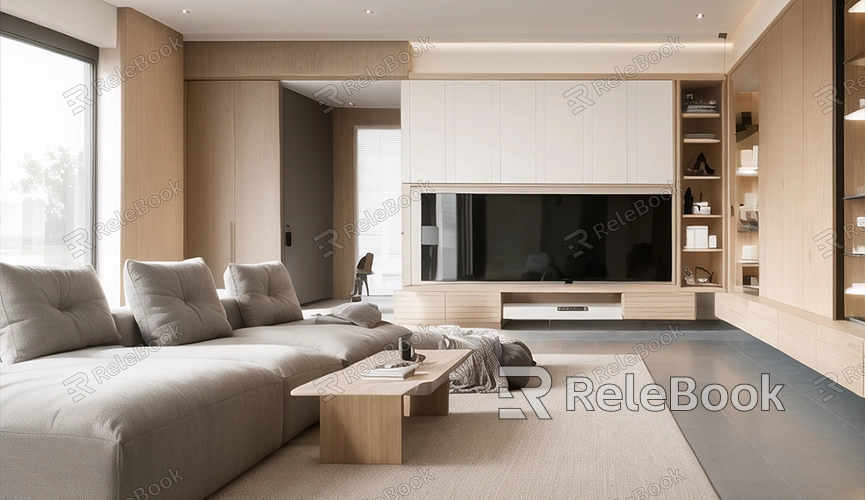How to Make Textures Appear in Blender Render
Applying textures correctly in Blender is crucial for achieving realistic final render results. If your textures aren't displaying correctly in the render, it can significantly impact the quality of your project. This article will detail how to ensure textures appear correctly in Blender renders and provide practical tips to help you complete your project effectively.
Ensure Proper Texture Mapping
First, ensure that your texture mapping is set up correctly. Here are some essential steps:
1. Import Textures: In Blender, start by importing your textures into your project. In the Materials panel, select the object you want to apply the texture to and click the New button to create a new material. Then, in the Shader Editor, add a texture node to the material node.
2. Connect Texture Nodes: In the Shader Editor, connect the texture node to the Base Color input of the material. This will apply the texture's color to the surface of the model. If your model has multiple textures, such as diffuse, normal, and specular maps, connect these texture nodes to their respective input ports.
3. Adjust UV Mapping: UV mapping is the process of projecting a 2D texture onto a 3D model. In the UV Editing workspace, ensure your model's UV map is correct. Use the UV Unwrap tool to unfold the model's surface onto a 2D plane, and align the texture image with the UV map. This ensures the texture displays accurately on the model.

Configure Texture Settings in Blender’s Render Engines
Blender offers different render engines, such as Eevee and Cycles. Depending on your chosen render engine, the texture's display might vary. Ensure textures are correctly configured in the render settings:
1. Eevee Render Engine: In the Eevee render engine, adjust the Ambient Occlusion and Shadow settings in the Render Properties panel to ensure textures display correctly. Additionally, enable the Screen Space Reflections and Shadows options to enhance texture appearance.
2. Cycles Render Engine: The Cycles render engine provides higher quality render results. In the Render Properties panel, ensure you select the correct Render Engine and adjust the Samples settings for clearer texture quality. Check the Light Paths and Ambient Occlusion settings to ensure textures render naturally under lighting conditions.
Check Material and Texture Settings
In the Materials panel, ensure the material settings are correct. Here are a few key points to consider:
1. Material Settings: Ensure the material's Color and Roughness settings are accurate. Use the Material Preview mode to check how the texture looks on the material. Adjust the Glossiness or Reflectivity properties if necessary to enhance texture details.
2. Texture Settings: In the texture node, check the Mapping settings to ensure the texture's scale and position are correct. Use the Texture Preview mode to check how the texture displays on the model and make any necessary adjustments.
Render Testing and Adjustments
After completing the above settings, perform a render test to see the texture's actual effect. Use the rendered view to check how the texture appears under different lighting conditions. If issues arise, go back to the Material or UV Editing workspace for adjustments.
1. Render Test: In Blender, select the Render button for a test render. Check the render results to ensure the texture displays correctly in the final render. If textures are missing or incorrect, adjust the texture settings or recheck the UV mapping.
2. Optimize Textures: Based on the render test results, you may need to optimize the texture resolution or adjust its settings to improve display quality. Ensure the texture image resolution is high enough to avoid blurriness or distortion in the render.
By following these steps, you can ensure that textures display correctly in Blender renders, enhancing the quality of your work. If you need high-quality 3D textures, HDRIs, or downloadable 3D models while creating models and virtual scenes, you can download them from Relebook. Importing these textures and models directly into your project can save time and improve the quality of your work, making your models more vivid and realistic.

